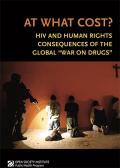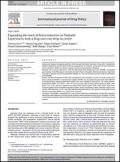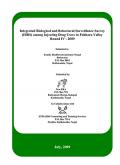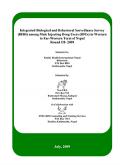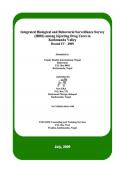Publications on People Who Inject Drugs (PWID)
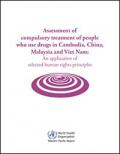
Resource | Publications,
This report has been prepared by the Western Pacific Regional Office of the WHO to describe the "compulsory treatment centres" in Cambodia, China, Malaysia and Viet Nam, and assess the treatment they provide. The main objective of this report is to use some key human rights principles as a lens through which to assess and document the situation in the compulsory drug treatment centres in a constructive way, as a basis for engaging in dialogue with policy-makers in these countries.
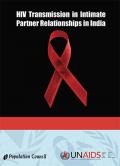
Resource | Publications,
By reviewing available data and literature on HIV transmission in intimate partner relationships; understanding the current national response for addressing this emerging epidemic trend; the endeavour was identifying potential programmatic entry-points for preventing HIV transmission in intimate partner relationships.
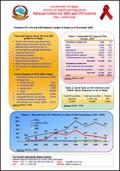
Resource | Fact Sheets,
Facts and Figures about HIV and AIDS Epidemic in Nepal:
- The first HIV infection was detected in 1988 in Nepal. Since then HIV and AIDS epidemic has evolved from low‐ to concentrated among High Risk Groups:
* Injecting Drug Users,
* Female Sex workers,
* Men having Sex with Men and
* Seasonal labour Migrants.
-Heterosexual transmission is dominant.
-HIV prevalence in general population is <1%

Resource | Publications,
Faced with a rising HIV epidemic among injecting drug users, harm reduction policies and programs were introduced in Malaysia in 2005. The positive impact seen since the introduction of these programs comprise the inclusion of the health aspects of illicit drug use in the country’s drug policies; better access to antiretroviral therapy for injecting drug users who are HIV infected; reduction in HIV-risk behavior; and greater social benefits, including increased employment. Despite these achievements, tension between law enforcement and public health persists, as harm reduction exists alongside an overall drug policy that is based on abstinence and zero tolerance. Unless there is harmonization of this policy, sustainability and scale-up of harm reduction programs will remain a challenge.







